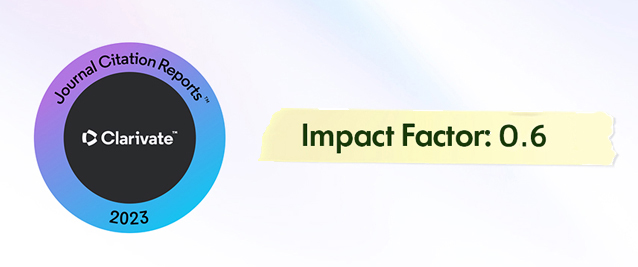2İstanbul Technical University, Department of Electronics and Communication Engineering, ISTANBUL
Abstract
Polymeric materials exhibit temperature and rate dependent behavior. Therefore, in the modeling of polymeric and polymer based composite materials, the mechanical properties should be defined as rate and temperature dependent to be able to capture the behaviors. Dynamic mechanical analysis (DMA) is mostly used method to determine the viscous and elastic properties via loss and storage modulus. The storage modulus obtained from DMA and the elasticity moduli relate to the same physical phenomena. Even though the magnitudes of elasticity modulus and the storage modulus are not the same, the variation of modulus values with varying temperature follows the same trend. Therefore in the modeling of polymeric material behaviors, temperature and rate dependent elasticity modulus can be determined using DMA results. The objective of this work is to model the storage modulus which can be used as the elasticity modulus with a proper shift in the material models. For that purpose, a semi crystalline Polypropylene (PP) and amorphous plasticized Polyvinyl Chloride (PPVC) thermoplastics are selected to show the applicability of the model for amorphous and semi crystalline polymers. Different from many works in the literature, Genetic algorithm (GA) optimization method is used for parameter estimation in the modeling of storage modulus of PPVC and PP. The parameter optimization procedure is successfully implemented for the case of two polymers. The experimental storage modulus versus temperature curves of PP and PPVC obtained from [1, 2] respectively are used for validation. Good match with experimental data is observed. The rubbery state and rubbery flow observed in semi crystalline PP and sudden drop in the modulus around the glass transition temperature seen in amorphous PPVC are successfully simulated.
















